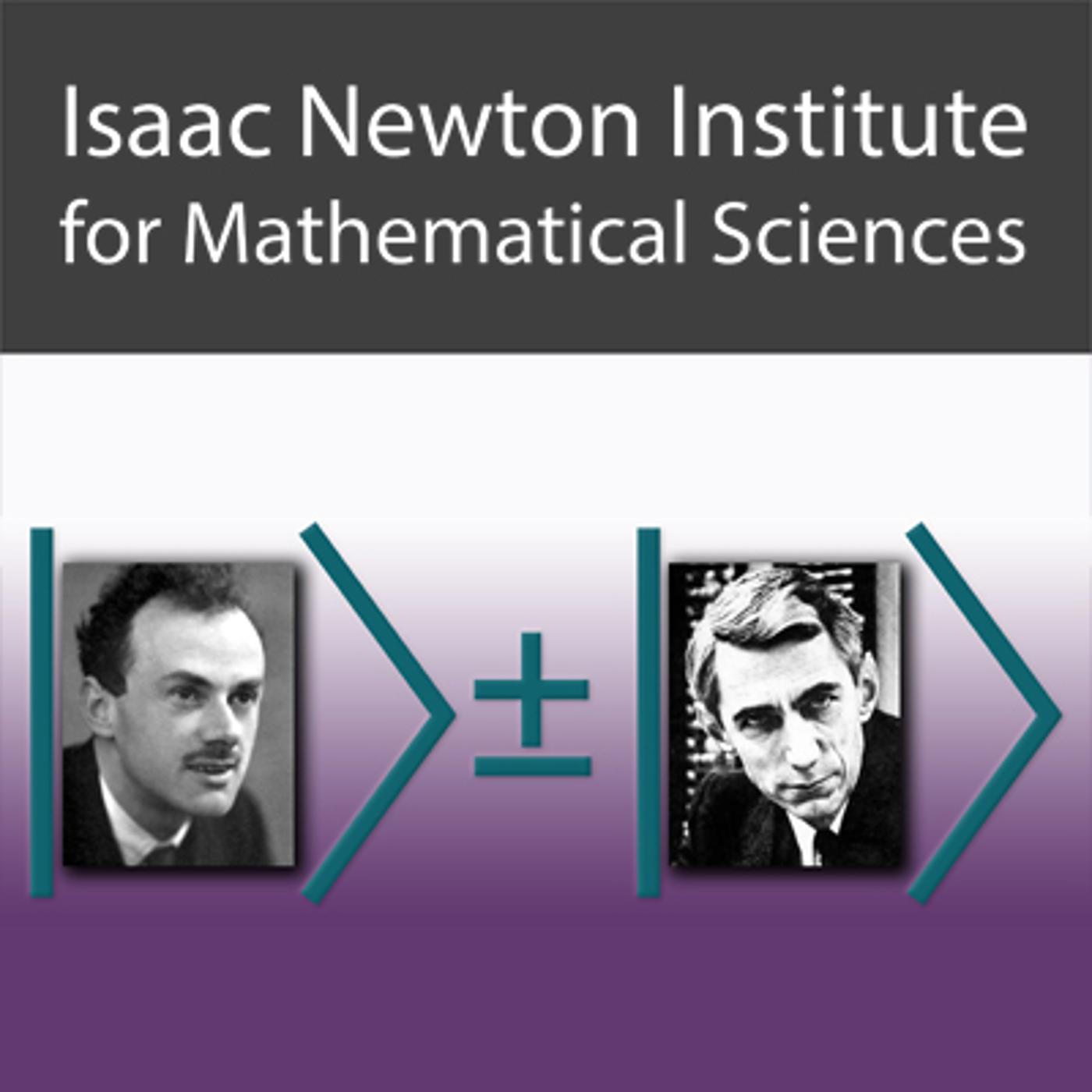Unions, intersections and a one shot quantum joint typicality lemma
Update: 2018-07-27
Description
A fundamental tool to prove inner bounds in classical network information theory is the so-called `conditional joint typicality lemma'. In addition to the lemma, one often uses unions and intersections of typical sets in the inner bound arguments without so much as giving them a second thought. These arguments fail spectacularly in the quantum setting. This bottleneck shows up in the fact that so-called `simultaneous decoders', as opposed to `successive cancellation decoders', are known for very few channels in quantum network information theory.
In this talk we shall see how to overcome the bottleneck by proving for the first time a one-shot quantum joint typicality lemma with robust union and intersection properties. To do so we develop two novel tools in quantum information theory, which we call tilting and smoothing, which should be of independent interest.
Our joint typicality lemma allows us to construct simultaneous quantum decoders for many multiterminal quantum channels and gives a powerful tool to extend many results in classical network information theory to the one-shot quantum setting. We shall see a glimpse of this in the talk by constructing a one shot simultaneous decoder for the quantum multiple access channel with an arbitrary number of senders. Our one
shot rates reduce to the known optimal rates when restricted to the asymptotic iid setting, which were previously obtained by successive cancellation and time sharing.
In this talk we shall see how to overcome the bottleneck by proving for the first time a one-shot quantum joint typicality lemma with robust union and intersection properties. To do so we develop two novel tools in quantum information theory, which we call tilting and smoothing, which should be of independent interest.
Our joint typicality lemma allows us to construct simultaneous quantum decoders for many multiterminal quantum channels and gives a powerful tool to extend many results in classical network information theory to the one-shot quantum setting. We shall see a glimpse of this in the talk by constructing a one shot simultaneous decoder for the quantum multiple access channel with an arbitrary number of senders. Our one
shot rates reduce to the known optimal rates when restricted to the asymptotic iid setting, which were previously obtained by successive cancellation and time sharing.
Comments
In Channel





